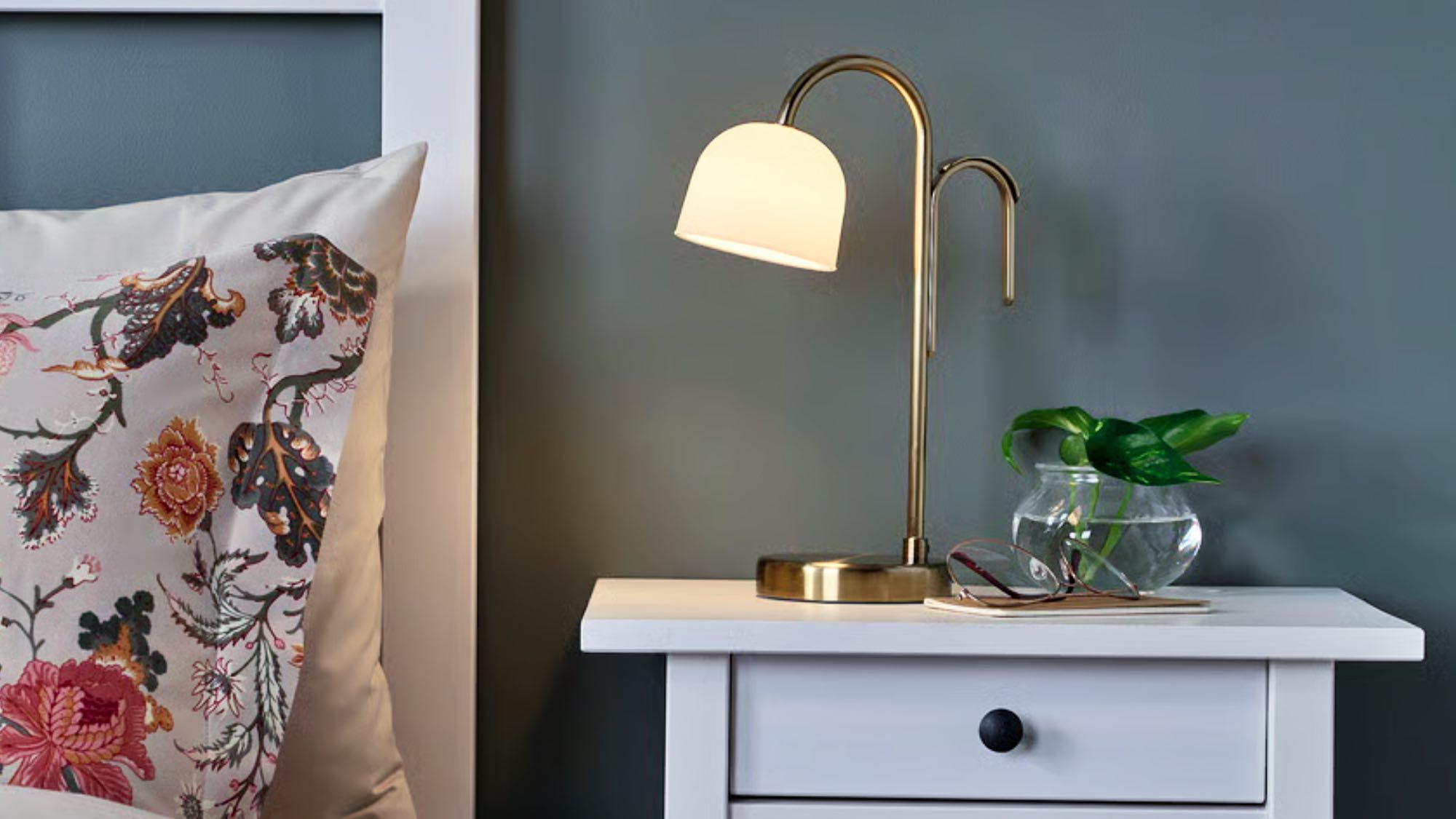Chinese exhibitors made up the largest foreign cohort at the annual Consumer Electronics Show (CES), an influential technology trade show, held in Las Vegas from Jan. 7 to 10. According to the exhibitor list, over 1,300 Chinese companies showcased their latest products and related technologies at this year’s CES. Chinese companies accounted for more than a quarter of the 4,500 registered exhibitors at the four-day event, which attracted around 150,000 attendees.
This year’s CES theme, “Dive In,” focused on uniting global innovators, decision-makers, and visionaries to explore transformative technologies shaping our future ways of life, according to the organizers.
Why this matters: The strong presence of Chinese companies marked their growing influence in the tech sector, while the “Dive In” theme promoted collaboration to foster solutions and progress.
Details: Major Chinese exhibitors with large booths included Lenovo, TCL, Hisense, and BOE. The following are the main exhibits from these manufacturers this year:
- Lenovo introduced the world’s first rollable-screen AI PC, the ThinkBook Plus Gen 6, featuring a flexible display that can expand from 14 to 16.7 inches. It will be launched in June 2025 with a starting price of $3,499. The company also unveiled a newly designed Legion Pro 7i gaming laptop, powered by an Intel Core Ultra 275HX processor and configurable with the next-gen NVIDIA RTX 5090 GPU based on the Blackwell architecture. The gaming laptop will start at $2,399 and will be available this March.
- TCL’s 2,342-square-meter booth was the largest among Chinese brands at this year’s CES. The centerpiece was the world’s largest 115-inch QD (quantum dot) Mini LED TV, the QM891G, built with 11th-generation display panel technology. It features over 20,000 backlight zones, a peak brightness of 5,000 nits, and advanced QLED color technology. TCL also announced that its overseas flagship TV series will integrate Google’s Gemini AI model, becoming the world’s first TVs to feature Gemini AI capabilities, when the integration is completed later this year.
- Hisense drew attention with the launch of the world’s first 116-inch RGB-Mini LED TV featuring RGB three-dimensional color control LCD display technology. The three-dimensional display technology surpasses quantum dot technology in color purity, gamut area, color volume, and color precision, according to Hisense. The new TV is equipped with Hisense’s independently developed next-generation Xinxin AI image processing chip and will enter mass production in March.
- BOE, in partnership with Qualcomm, displayed the industry’s first 65-inch 4K AI Media Center, powered by BOE’s SoM (System on Module) core board with the Qualcomm QCS8550 chipset. It features computer vision and generative AI, enabling smart experiences such as the ability to “watch together” remotely, real-time translation, travel planning, and smart home management.
Context: At CES 2025, several Chinese manufacturers launched AI glasses, including Rokid, Thunderbird, Halliday, and DreamSmart, which came out with StarV Air2 glasses for the hearing impaired. For more details, check out this article: CES 2025: Spotlight on smart glasses — what did Chinese companies bring to the table?








